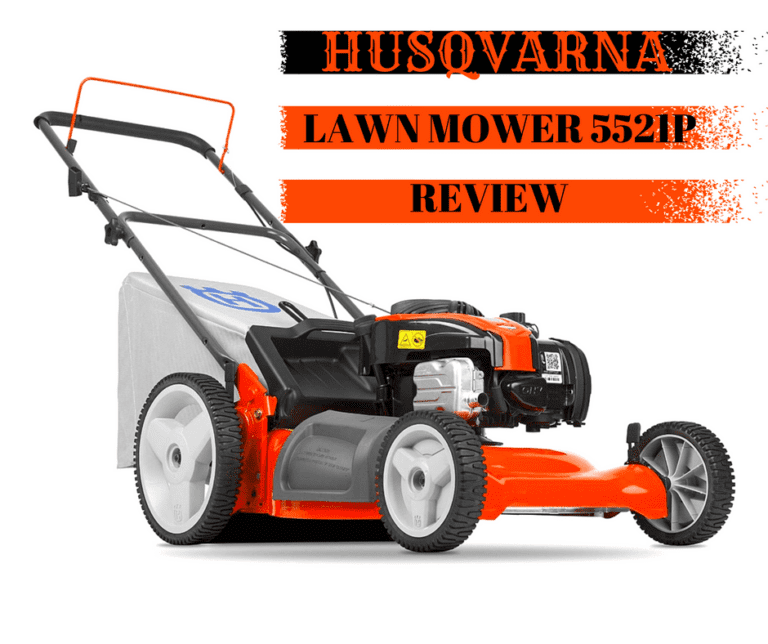The Best Drought Resistant Grass for Dryer Climates
Pennington One Step Complete Sun & Shade is (in our opinion) one of the best drought resistant grass seed for dryer climates. Areas that suffer from drought conditions, or are restricted with water conservation laws, will still be able to grow grass with this mix. Pennington includes mulch and fertilizer in addition to a drought resistant blend of tall fescue and bluegrass seeds. This complete mix will provide your seeds with nutrients and protect them from heat and sun exposure as they germinate. If you want to try something else, though, the following list gives you great options.
The Top 5 Best Drought Resistant Grass Options
[wptb id="8176" not found ]Why Are Drought Resistant Grasses Important?
Drought resistant grass is not only imperative in some parts of the country, but it also is eco-friendly. Drought resistant grasses require less water to establish an extensive root system, spread, grow, and remain green. Therefore, homeowners can water less often, relying on rainfall to do most of the work.
Additionally, drought resistant grasses provide those living in regions with little rainfall or high temperatures to still benefit from a beautiful, green lawn. Some regions receive very little rainfall throughout the hot summer months. Drought resistant grass will not only stay alive, but will also remain green longer than other grasses in long dry spells.
Where is Drought Resistant Grass Grown?
Drought resistant grasses are perfect for those who want to grow beautiful lawns in areas of excessive heat and little rainfall. Southern states and the Gulf Coast are typically where you’ll notice more drought resistant lawns than other regions.
According to Pennington, the deep south and Gulf Coast are most in need of drought resistant grass. These regions have long, hot, and humid spells through the year. The states in these regions often have water restrictions posed by their states in periods of drought, where homeowners can only water lawns on specific days.
This can pose a serious challenge for establishing, and maintaining, a healthy lawn. Fortunately, drought resistant grasses exist that continue to thrive in these strict conditions.
Common Drought Resistant Grass Varieties
According to Tree Hugger, there are a few common drought resistant grasses that can withstand even the hottest and driest climates. In fact, there are some areas throughout the country that specify the varieties of grass you can grow, based on their drought tolerance and ability to conserve water.
- Bermuda grass is a go-to drought resistant variety that can grow in a wide variety of climates and soil types. Common Bermuda grass seeds are drought resistant, but hybrid Bermuda grass seeds are even more so. This type of grass also spreads and establishes itself quickly, can remain dormant for a long period of time, and stands up well to heavy foot traffic.
- Zoysia grass is one of the most popular in southern regions. It creates a thick, bright green lawn that can tolerate both sun and shade. Although it grows slower than some other varieties, it can stand up to foot traffic moderately well once it’s established.
- St. Augustine grass creates some of the most beautiful lawns, and is popular in many coastal areas because it can withstand the salty air and soil. Although this variety can be difficult to establish from seed in hot and dry conditions, you can opt to establish your lawn through St. Augustine plugs.
- Tall or red fescue grass is drought tolerant, but works better in locations with cooler climates, such as the upper southern regions. This grass establishes extremely deep, strong root systems that help it conserve water and resist drought better than other grasses.
Drought Resistant Grass Alternatives
If you have a large yard that makes the idea of growing a full yard of drought resistant grass seem daunting, there are a few alternatives. You may feel as though a full yard of grass will be difficult to maintain with your area’s water restrictions, leaving it vulnerable to disease, pest infestations, or weeds during dormant times of drought.
In that case, grow drought resistant grass in a smaller part of your yard, like where you’d like to create a play area for the kids. Then, consider alternatives for the rest of the yard that will naturally cover the ground space in green, with little to no special requirements or maintenance.
Gardening Know How recommends these alternatives to drought resistant grass:
- Moss is perfect for shady yards and spreads quickly to cover the bare spots. Although extreme weather will turn it brown, it often picks right back up to its normal green during optimal conditions.
- Sedum is a type of succulent that grows fast to cover the ground and requires very little water and maintenance. This is best for areas of your yard with little foot traffic.
- Thyme grows best in hot, sunny conditions and forms a tight cluster of green leaves and colored flowers to give the rest of your yard some color. Thyme usually requires even less water than drought resistant grasses.
How to Care for Drought Resistant Grass
Although lawns made of drought resistant grass are fairly low maintenance compared to other lawns, you still need to take care of them to keep them looking their best.
As your grass seed are establishing, you need to make sure they remain moist. Dry seeds won’t germinate, and you’ll likely get stuck with several bare spots in your lawn. Keep your soil consistently moist until you begin to see grass blades. Then, only give your lawn a deep, thorough watering, as often as recommended for your specific variety.
Consider using a compost if your soil is sandy or clay-like. This will add in extra nutrients and create a more fertile area for germination and spreading. Mulch over your grass seeds to protect them from drying out from excessive heat and sun exposure.
Finally, use fertilization sparingly. Most drought resistant grasses need very little, if any, fertilization. Check the specifications for your variety and heed the recommendations. If you do fertilize, do so in the winter months, which will keep your grass from getting scorched in the hot sun (source).
Our Recommendation: Pennington One Step Complete Sun & Shade
We recommend using Pennington One Step Complete Sun & Shade for areas with excessive hot and dry conditions. This mix contains a variety of grass seeds that can tolerate drought conditions, tall fescue and bluegrass.
Additionally, Pennington blends mulch and fertilizer into this mix to give the seeds the healthiest start and best possible chances of germination. For areas with excessive sunshine and hot climates, the combined fertilizer and mulch will give your seeds proper nutrients and protection.
Pennington recommends using about one pound of this mix for every 20 square feet of yard space. When you see the mulch turn light green, it’s time to water. A thorough watering should turn it dark green, which means it’s watered properly.
Once your lawn is established, cut back on watering, but ensure that your soil remains moist. A deep, thorough, occasional watering should be plenty.
Allow grass blades to grow at least three inches tall so your grass can develop deep roots and become more resistant to drought. This will also help it maintain its ability to stand up to foot traffic.
Photo by Yinan Chen licensed under CC0






My fan shaped catcus has leaves growing out of the trunk of my plant . How come??